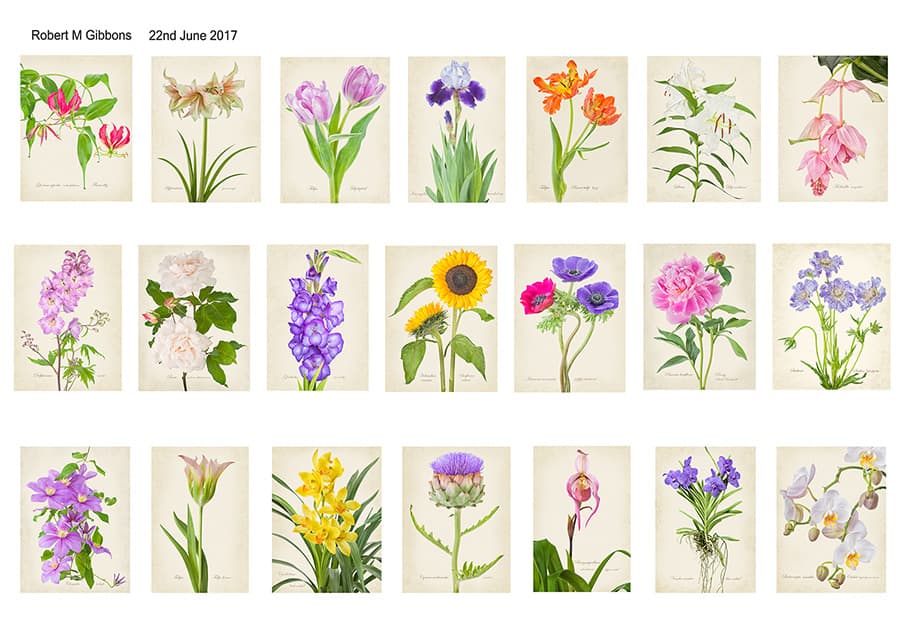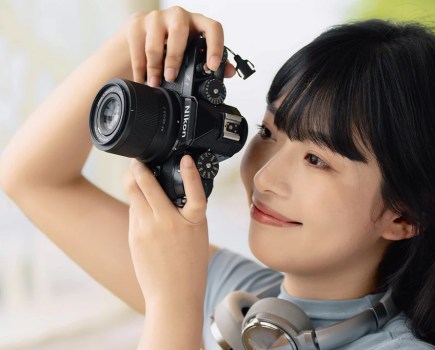As the world’s leading photographic charity, The Royal Photographic Society offers its members (and non-members) a unique opportunity to further their knowledge and fine-tune their work by applying for a Society Distinction. An RPS accreditation is perfect for photography fans who wish to gain further advice and improve their work – and in some cases, further their career as well. Accreditation from the RPS certainly doesn’t get any more prestigious, and members can apply for three levels of Distinction: LRPS (Licentiate), ARPS (Associate) and FRPS (Fellowship); the Society recommends that you apply for the LRPS first, unless you’re an experienced photographer. All assessment events are held at the RPS Headquarters in Bath.
LRPS (Licentiate)
For the LRPS (Licentiate) Distinction, applicants must show variety in approach and techniques, but not necessarily in subject matter. This is a demanding but achievable accreditation for most dedicated photographers.
Visit www.rps.org/distinctions/lrps to learn more about the LRPS Distinction.
ARPS (Associate)
To become an Associate of the RPS, applicants will need to submit a body of work that demonstrates a high technical ability together with a comprehensive knowledge of their specialist category. The specialist categories for ARPS applications include Fine Art, Conceptual and Contemporary, Film, Multimedia, Natural History, Research, and Science and Travel.
Find out more about the ARPS Distinction at www.rps.org/distinctions/arps.
FRPS (Fellowship)
To become a Fellow of the RPS, applicants will need to show clear evidence of distinctive photographic ability as well as the highest technical standard, which shows an individual approach to their specialist category. In a similar way to the ARPS categories, the specialist categories for FRPS applications include Fine Art, Natural History, Conceptual and Contemporary, Film, Multimedia, Research, and Science and Travel.
See www.rps.org/distinctions/frps for more information on how to get a Fellowship accreditation.
Get in touch
The Royal Photographic Society is above all an international, modern and forward-looking organisation with a distinguished past. The Society promotes photography and image-making by bringing the creative community together and seeks to help photographers, at all levels, to develop their skills.
To contact the Distinctions team email distinctions@rps.org or call (+44) 1225 325 733 (quote ‘Amateur Photographer’). For more information, visit www.rps.org/distinctions
| LRPS Assessment Days | |
| The LRPS Assessment Days have now been confirmed for the following dates: | |
| Tuesday, 5 June | Sunday, 16 September |
| Wednesday, 6 June | Tuesday, 2 October |
| Tuesday, 3 July | Wednesday, 3 October |
| Wednesday, 4 July | |
ARPS Statement of Intent
Robert Friel
Fine Art category
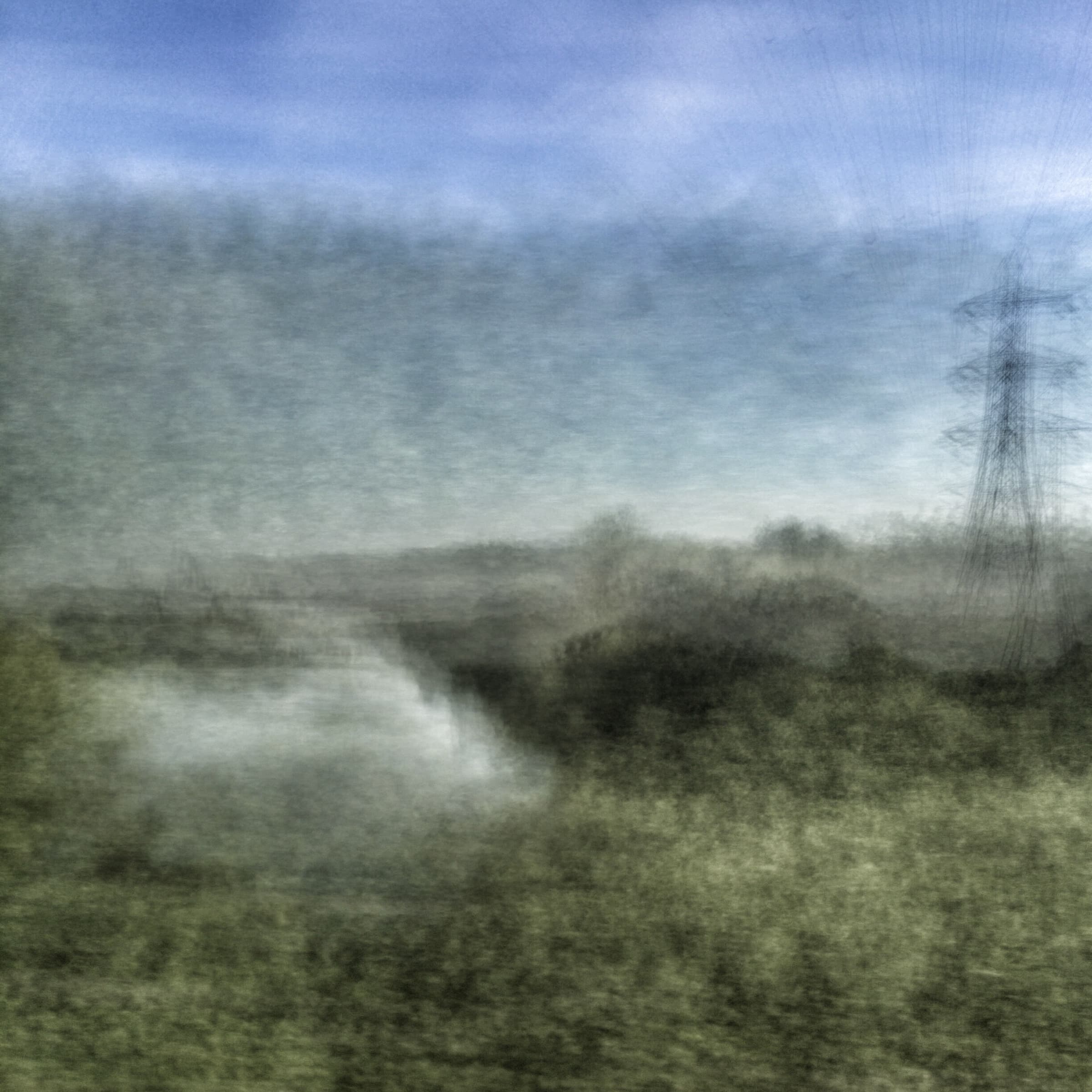
Robert Friel was inspired by the ever-changing seasons during his train commute.
As a regular train commuter in to London, I am inspired by the ever-changing seasons rushing by. Enthused by the opportunities presented by mobile phone photography today, I challenged myself to record at least one image a day that reflected my mood and that of the landscapes passing by. Taking images through a train window does not lend itself to clear precise images, so I used the tools and processing ‘in phone’ to create an image that represented my feelings about that day.
The vibrancy of spring and summer echo bright positive moods, the warmer muted colours of autumn reflect the tiredness of travelling, while the gloom of darker days evokes the more difficult and challenging times.
FRPS Statement of Intent
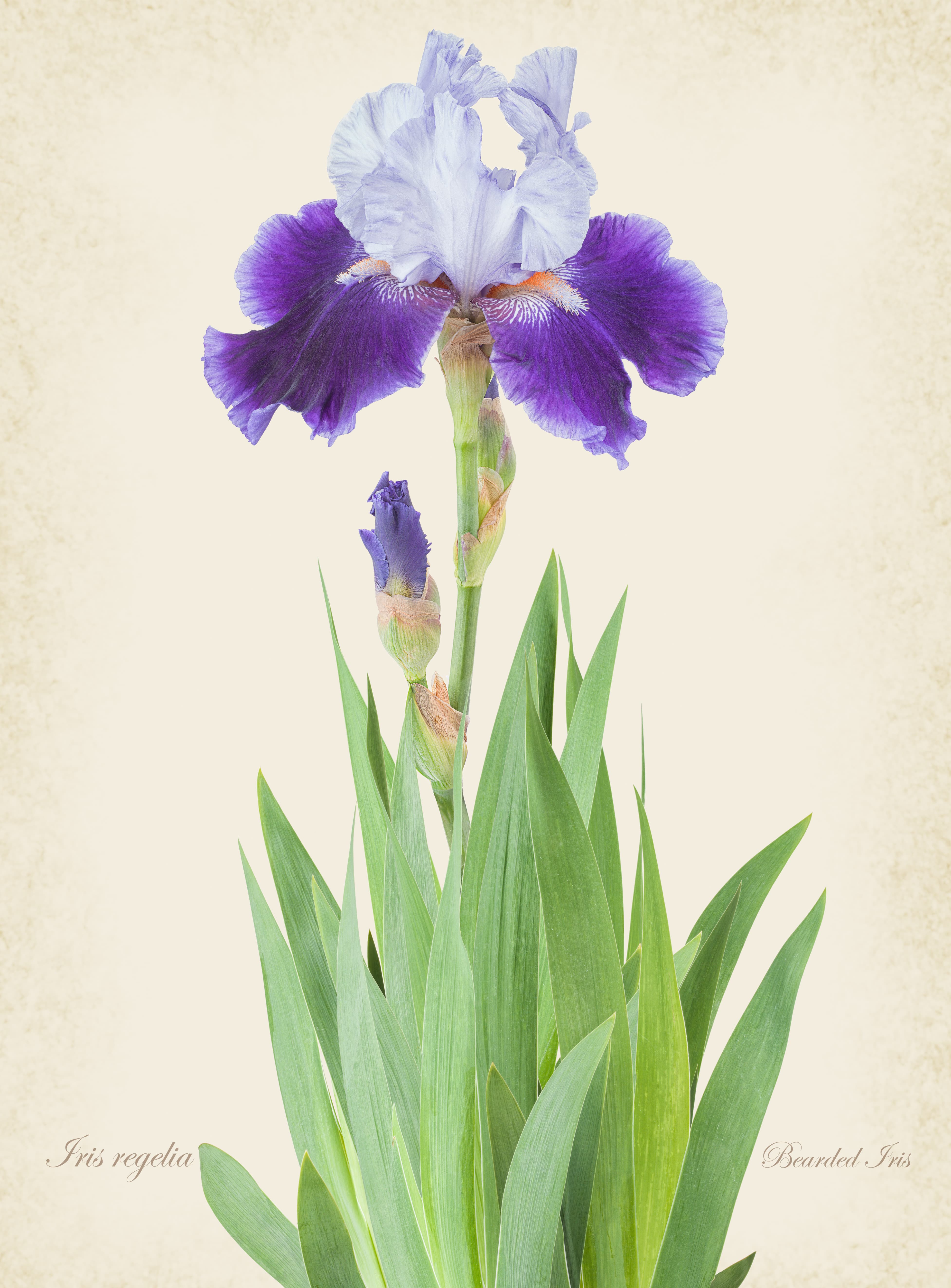
R M Gibbons wanted each of his images to resemble a watercolour.
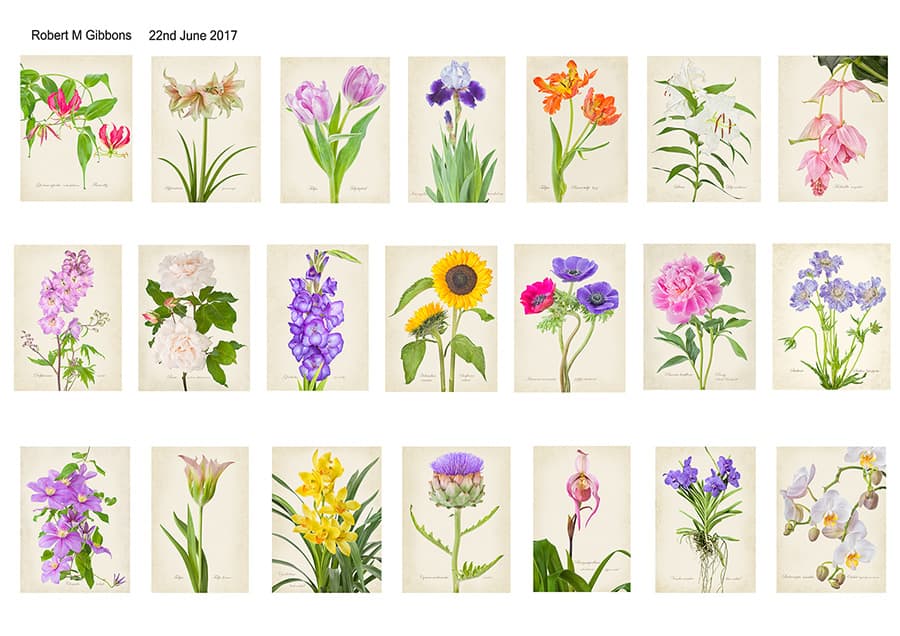
R M Gibbons’s Fine Art panel is his homage to the botanical artist.
R M Gibbons
Fine Art category
I have always been drawn to the beauty of flowers and I admire greatly the work of botanical artists. I can only wonder how they achieve such fine detail and almost photographic representation with watercolours and a brush. My panel, therefore, is my homage to the botanical artist.
My intent is that each of my images should resemble a watercolour and for a moment fool the eye. In the construction of my panel I’ve used a painter’s approach, with great emphasis on observation and careful composition – spending much time slowly turning each flower or waiting for the critical moment of development before recording the image. Soft revealing lighting suggests a work created in daylight. A necessary uniformity in background is relieved by frame edges unique to each flower to offer authenticity through subtle ageing and to separate each image as an individual piece within the panel.

